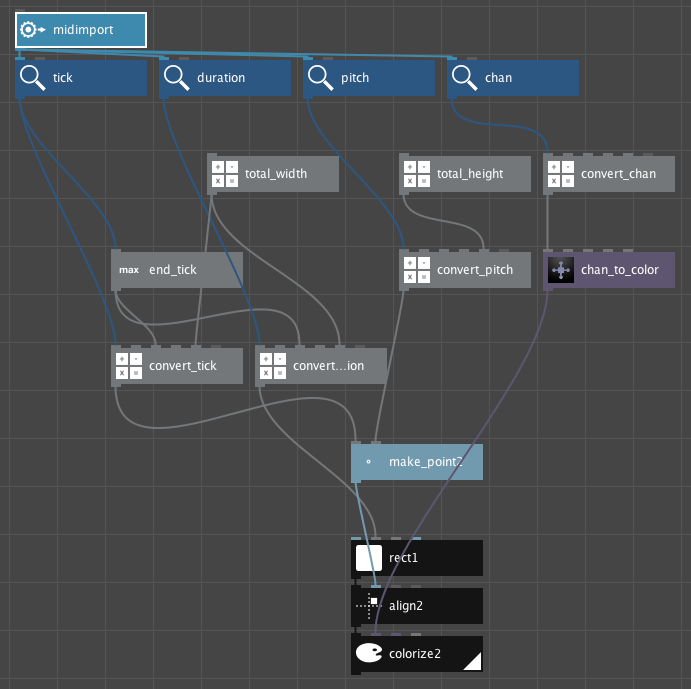

Lua tables combine the features from arrays, associative arrays, lists, dictionaries, and so on from other languages into one powerful data structure. To program mods, you use Lua, a high-level language vaguely reminiscent of Python.Īlthough we won't go into Lua in much depth here (there are plenty of good guides and tutorials online), it is worth mentioning that in Lua it is all about tables.
#Nodebox game mods
Minetest has made the API for creating mods part of its framework from the beginning.
#Nodebox game mod
For us tinkerers, that feature would be the mod system, and making your own mods is relatively easy. Although Minetest's gameplay is great, it is not, I think, the most interesting feature. Making Your Ownīut, again, you are just playing someone else's game. If you want the whole survival experience, get yourself some monsters from GitHub and the Minetest Wiki and battle it out against zombies, ghosts, and all sorts of creepy-crawlies. In the mobs_animal directory, you'll find a README document describing different ways you can interact with your four-legged friends. Then, right-click it with shears, and you'll get colored wool. Right-click a sheep with a dye, and you will change its color. For example, right-click a cow with an empty bucket, and you'll get milk. Many animals, like cows, pigs, warthogs and sheep, give meat when they are killed, or other products when they are right-clicked. Do the same with the mobs_animal mod.įigure 3: It is exciting to meet your first cow. The mod will turn green as shown in Figure 2. Pick mobs and tick the enabled checkbox at the top of the window. In the panel on the right, you will see a list of available mods. Rename the mobs_redo/ folder to mobs/: mv mobs_redo mobsĬreate a new world or pick an old one, and click the Configure button.
#Nodebox game download
Change into the mods/ subdirectory: cd ~/.minetest/modsĪnd download the general mobs and farm animals mods made by Minetest Forums member TenPlus1: git clone minetest directory in your own home directory. Let's grab some animals, shall we? Notice that, apart from the minetest/ directory in /usr/share, you also have a hidden. However, if you want to get into some serious gameplay before tailoring, head over to the Minetest website to see what's available. This is by design: The creators of Minetest assume you are going to want to tailor your experience, so they give you the bare minimum, and it is up to you to bring in (or create, as you shall see later) your own modifications.


You have a nice variety of materials and things you can craft, but, for example, there are no animals and no monsters. The default world that comes with Minetest is basic. A "world" in Minetest is, to all practical effects, its mods. You'll see that the brunt of bringing the game to life is born by the files in the mods/ directory. If you have installed Minetest from your distro's repositories, look into your /usr/share/minetest/games/minetest/ directory. It is the mods that make the game playable. Minetest is made up of two parts: the main engine and the mods. The visualization would basically show at once all the choices (connections between variables) player needs to make in order to complete the game.Figure 1: You can model the worlds of Minetest in more ways than one. The main variables would be: Characters, Items, Places, Verbs. Working with the visuals, but the idea is to use data from the walkthrough instructions of a classic 2d adventure game, and build a poster visualization out of that. (1) which playable character does (2) what action and (3) where

The reading of the visualization starts from the gap in the circle, and continues clockwise, line by line. I made the Nodebox then dynamically arrange the data to the elements, and indicate the colors to the blueprint and in the chart so that they match correctly. It’s a walkthrough guide to the adventure game “ Day of the Tentacle”.ĭata comes from one CVS (all the text) and one SVG (the blueprint of the mansion) file. Here is the more or less final version of the visualization.


 0 kommentar(er)
0 kommentar(er)
